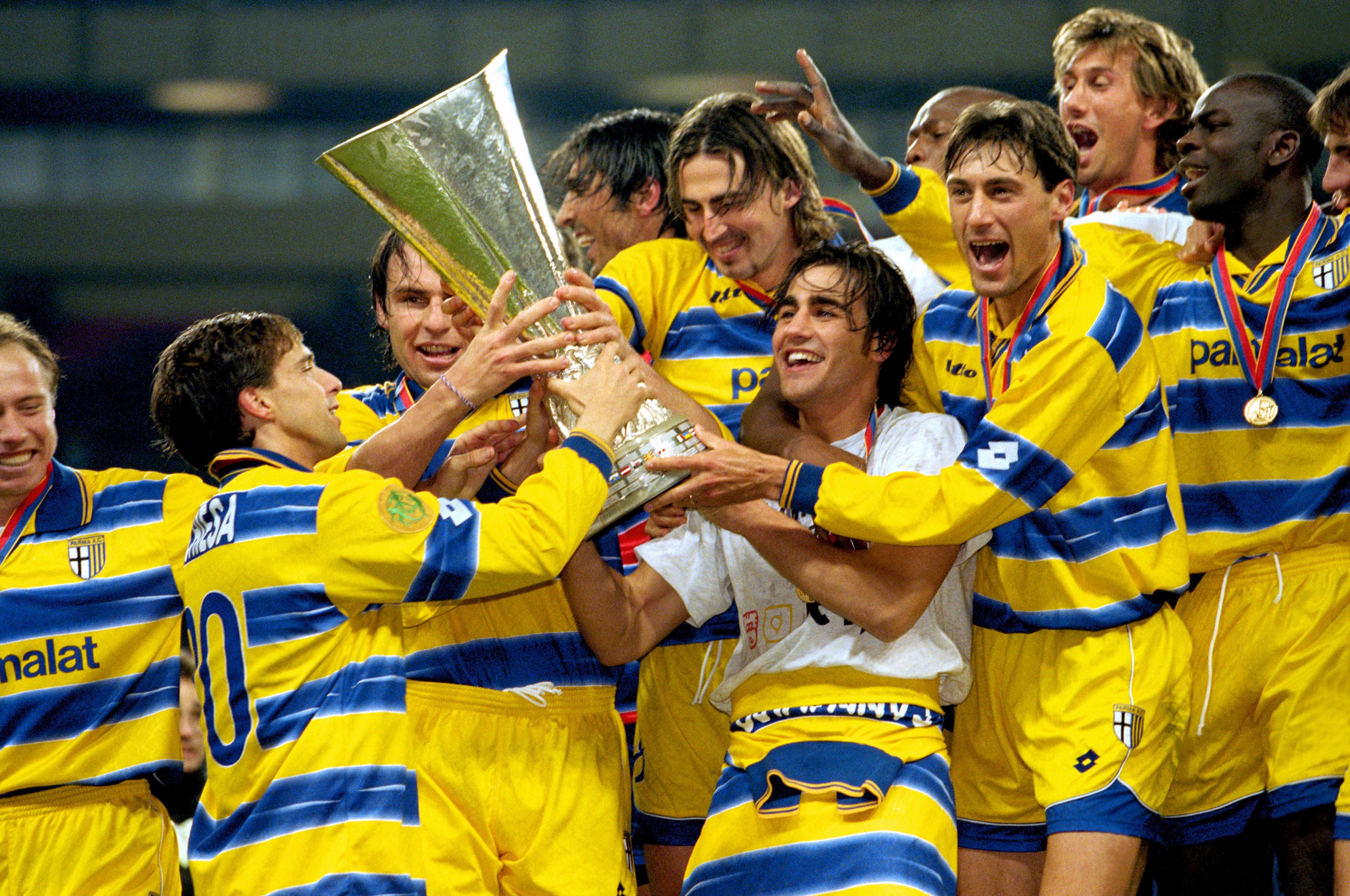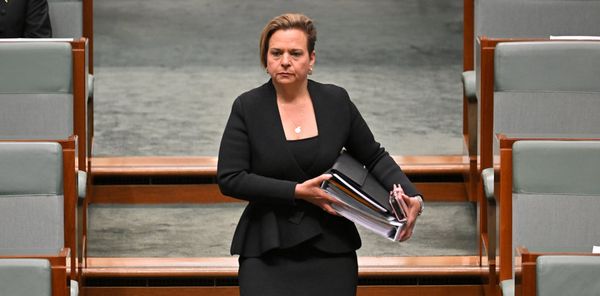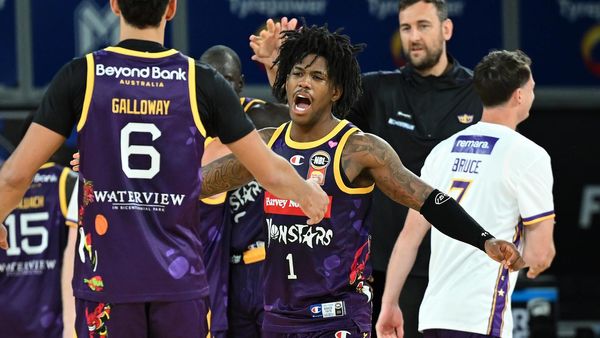
Like it or not, money makes football go round – but it's also been the downfall of plenty of clubs over the years, driving some right out business in one way or another.
These outfits – ranging from iconic teams of the Victorian era to modern European trophy winners – all went bust at some point, some managing to bounce back after re-forming, others ceasing to exist for good.
To kick off the countdown, just click any of the arrows on the right-hand side!
Successors to the defunct Football Kingz (it’s a shame they couldn’t keep the name), the New Zealand Knights spent two seasons in the Australian A-League.
Over the course of those two campaigns, 2005/06 and 2006/07, the Knights played 42 games and lost 29 of them, winning just six. Wellington Phoenix took their place in the A-League from 2007/08.
Formed in 1986, the current ES Troyes AC are the successors to three defunct clubs from the town in the north of France.
The first, Union Sportive Troyenne, merged with nearby AS Savinienne in 1931 to create the Association Sportive Troyenne et Savinienne (ASTS) – who reached the 1956 Coupe de France final.
ASTS folded in the early 1960s, with Troyes Omnisports (later Troyes Aube Football) coming along shortly afterwards – only to go bankrupt in the late 70s following a five-year stint in the top flight.
Wound up in 2007 after 128 years, having racked up debits of £2.5m, Scarborough spent 12 seasons in the Football League.
Back in the 70s, they were one of the most successful non-League clubs around, reaching four FA Trophy finals between 1973 and 1977 – and winning three of them.
Scarborough’s Athletic Ground – dubbed the ‘Theatre of Chips’ while sponsored by McCain Foods – hosted FA Cup ties against the likes of Arsenal and Chelsea.
Two-time Coupe de France runners-up and two-time champions of the French second tier, FC Nancy ceased to exist in 1968, a year after the formation of the current Nancy.
Their former players include Juan Carlos Lorenzo – who later managed Roma to Coppa Italia glory and Atletico Madrid to the 1974 European Cup final – and Roger Piantoni – one of the all-time top goalscorers in Ligue 1.
League Cup semi-finalists in 1975 – when they only narrowly lost to eventual winners Aston Villa – Chester City gave Ian Rush his break in the game, while Manchester United legend Stan Pearson also turned out for the club.
But such history couldn’t save them from being wound up in 2010, after they had made a last-ditch attempt to stay afloat by trying to leave the English league system for the Welsh Premier League.
The Miami Fusion were around for less than five years, joining MLS as an expansion team in 1998 and playing four season in the American top flight.
During their short existence, the Fusion won the 2001 Supporters’ Shield for the best regular season record and had a certain Carlos Valderrama pull on their jersey.
Founded in 1926 as Aldershot Town (also the name taken by the reformed club which replaced them), Aldershot FC were the first ever Football League play-off winners, beating Wolves 3-0 on aggregate in the 1987 Fourth Division final.
Just under five years later, though, the Shots, relegated from the third tier in 1989, went out of business – and, as a result, they became the first club in 30 years to have to resign from the League.
New Brighton Tower were formed in 1896 and ceased to exist just five years later. Nonetheless, they spent three seasons in the Football League.
And the club from the Wirral were notable for their Tower Athletic Ground home – which stood in the shadow of the structure from which the club took their name, and whose capacity of 80,000 made it one of the world’s largest stadiums at the time.
Like too many Serie A clubs of the 90s, Ascoli fell on hard time following the turn of the 21st century, ultimately going bust midway through the 2013/14 season – by which time they had sunk to the third tier of Italian football.
Immediately re-formed, Il Picchio – whose former players include Oliver Bierhoff and Simone Zaza – won promotion back to Serie B in 2015.
It took the original Maidstone United 92 years to reach the Football League, in 1989. Three years later, the Stones were no more.
Their average attendance had been cut almost in half following their relocation some 40 miles away to Dartford – and when the latter’s ground was sold and the League rejected Maidstone chairman John Waugh’s proposal to move the club from Kent to the North East, it proved to be the beginning of the end.
The brilliantly named Middlesbrough Ironopolis were formed in 1889 by members of then amateur Middlesbrough FC who wanted the town to have a professional club.
By 1893, the Nops had been FA Cup quarter-finalists and made it to the Football League – but they lasted just one season there, resigning amid financial difficulties and ultimately disbanding.
As such, they are one of only a handful of clubs to have spent a sole campaign in the League.
Twice champions of Ireland and twice FAI (Football Association of Ireland) Cup winners, Limerick were in existence from 1937 to 2020 – at which point they were replaced by a new club, Treaty United.
Arguably their most memorable game came in the first round of the 1980/81 European Cup, when they hosted Real Madrid at the national stadium, Landsdowne Road – and only lost 2-1 to a side featuring greats like Juanito and Uli Stielike.
A founder member of MLS, the Tampa Bay Mutiny participated in each of the league’s first six seasons, winning the Supporters’ Shield in the inaugural 1996 campaign.
Carlos Valderrama – who starred for the Mutiny either side of his spell with the Miami Fusion, winning 1996 MLS MVP – and Swedish goalkeeping great Thomas Ravelli were among their most prominent players.
From 2002 to 2009, Reggina were a Serie A club; come 2015, by which time they had plummeted to the fourth tier of Italian football, they were declaring bankruptcy.
Fortunately, they managed to reform – although they couldn’t seem to settle on a new identity, getting through four names over the next eight years, becoming LFA Reggio Calabria in 2023.
Introduced to MLS in 2004 as an affiliate of Mexican giants Guadalajara (they even had the same badge), Chivas USA were based in the Los Angeles suburb of Carson.
Come the early 2010s, however, the Goats (‘chiva’ is a Latin American Spanish term for goat, doncha know) were struggling on and off the pitch, and the league decided to rethink its strategy for LA, opting to purchase the club and shut them down in 2014.
Four years later, LAFC entered MLS as the effective successor to Chivas USA.
The current Newport County’s badge features two foundation years: 1912, when the original club came into being, and 1989, when they were reformed after this Newport County went bust.
In their old guise, Newport famously reached the quarter-finals of the 1980/81 Cup Winners’ Cup while playing in the third tier of English football – having gained entry by winning the previous season’s Welsh Cup.
In 2001, ChievoVerona reached Serie A for the first time in their history; in 2021, just two years after what would prove to be their final top-flight game, the club no longer existed.
Unlike other Italian clubs, the Flying Donkeys did not fly too close to the sun; they were fiscally prudent, but their last relegation came at the worst possible time: during the onset of the Covid pandemic, and the resulting lack of matchday income cost them dearly.
Koninklijke Beerschot Voetbal en Atletiek Club, to use their full name (that’s Royal Beerschot Football and Athletic Club), were Belgium’s dominant force back in the 1920s, winning the title five times – then adding a further two crowns just before the Second World War.
The Antwerp outfit lifted two Belgian Cups during the 70s – when they also reached the second round of the 1971/72 Cup Winners’ Cup – but by the end of the 20th century they were no more, dissolving in 1999.
FC Amsterdam were around for just under a decade, but during that time they achieved a fifth-placed finish in the Eredivisie and reached the quarter-finals of the 1974/75 UEFA Cup – defeating Inter along the way.
For most of their short existence, FC Amsterdam – whose goalkeeper Jan Jongbloed started for the Netherlands in the 1974 World Cup final – played at the Dutch capital’s Olympic Stadium.
Hereford United provided one of the greatest moments in FA Cup history when Ronnie Radford scored that goal to stun top-flight Newcastle in 1972 (Ricky George actually scored the winner).
Within four years, the Bulls had risen three tiers from the Southern League to the Second Division. They spent just one season there, however, and spent just two campaigns higher than the fourth tier between 1977 and their demise in 2014 – at which point they had been relegated back to non-League for the second time in 11 years.
Yet another Italian outfit with a history of monetary woes, Vicenza have had several spells in Serie A throughout their history, notably finishing as runners-up in 1977/78 – spearheaded by the legendary Paolo Rossi.
The 1996/97 Coppa Italia winners eventually succumbed to bankruptcy in 2018, after which they were revived through a merger with another club, Bassano Virtus.
Formed in 1992 when Max Griggs, the owner of locally based shoemaking giant Dr. Martens, merged Rushden Town and Irthlingborough Diamonds, Rushden & Diamonds rose from the seventh tier of English football to the third tier in the space of just 11 years.
But the 2003/04 campaign – when the Diamonds rubbed shoulders with Sheffield Wednesday and QPR – was as good as it got: two relegations in three seasons saw them back in the Conference by 2006, and their financial problems mounted to the point that they liquidated five years later.
Even today, Blackburn is a relatively small town by football standards – but it’s among the few places to have produced multiple FA Cup winners: Blackburn Rovers and the lesser-known Blackburn Olympic.
Founded in 1878, Olympic made history five years later by becoming the first club from the north of England to lift the FA Cup. By 1889, however, having been overlooked for invitation to the newly formed Football League (unlike Rovers), they were no more.
They’re one of Greece’s biggest and most successful clubs, but neither of those facts made AEK Athens immune from going bust in 2013.
As a result, they had to start again in the third tier – but it didn’t take them long to restore former glories, earning successive promotions to return to the top flight for the 2015/16 season, then winning the title in 2017/18.
“Accrington FC – who are they?!”
It’s not quite as memorable as the proper version of that famous line, but the original club from the Lancashire town that later gave the world Accrington Stanley are highly notable in their own right.
Back in 1888, Accrington were founder members of the Football League – which they played in for five years, before becoming the first club to resign from the competition permanently. They folded in 1896.
Clapham Rovers excelled at football and rugby, but it’s their achievements in the former which truly cemented their place in history.
In existence from 1869 until 1914 – the club suspended operations due to the outbreak of World War I and never resumed – Rovers’ Harvis Kenrick scored the first ever FA Cup goal, in a first-round victory over Upton Park in 1871.
Then, in 1880, the South Londoners – whose home colours were officially cerise and French grey (ooh, fancy) – enjoyed their finest hour, winning the FA Cup by defeating Oxford University 1-0 at the Oval.
Twice Soviet champions during the 1980s, FC Dnipro produced a surprise run to the final of the 2014/15 Europa League – where they were narrowly beaten by Unai Emery Sevilla.
And that was to be as close as the club from the east of Ukraine ever came to continental glory: they were banned from UEFA competition due to Financial Fair Play (FFP) violations, before going bust in 2019.
Nowadays, there’s Wolverhampton, Bolton and Wycombe – but these were the original Wanderers, forming in 1859 in East London and taking their name from the fact they never had a home ground, instead… wandering.
A dominant force in the early years of the FA Cup, the Wanderers won the first two editions of the competition and lifted the trophy five times in total.
Consisting largely of former pupils of top English public schools, the club dissolved shortly before the dawn of the Football League era.
Based in the capital of the Russian republic of Dagestan, Anzhi Makhachkala rose from obscurity to the cusp of the Champions League with the backing of billionaire Suleyman Kerimov.
High-profile signings included Roberto Carlos, Samuel Eto’o and Lassana Diarra, while Guus Hiddink spent 18 months as manager.
It all ended in tears for, though, as Kerimov slashed the club’s budget and eventually sold up. In 2022, Anzhi dissolved, apologising to their fans and expressing a hope to return “one day”.
Technically, the current Rangers are the same Rangers they have always been, founded way back in 1872 – but it’s a fact that the club was liquidated in 2012, amid the controversial ownership of Craig Whyte.
As a consequence, the Glasgow giants had to start again from the fourth tier – although their rapid ascent back to the top flight in the space of four years just goes to show how little their status as one of Scottish football’s overwhelmingly dominant forces was dented by their financial plight.
Although they never won the Serie A title, Parma were one of Italy’s most successful clubs during the 90s, getting their hands on the Coppa Italia and UEFA Cup twice apiece, as well as lifting the Cup Winners’ Cup – all while boasting players like Fabio Cannavaro, Hernan Crespo and Lilian Thuram.
But after their parent company, the Parmalat dairy and food corporation, was implicated in fraud in the early 00s, Parma were hit hard – and were eventually declared bankrupt in 2015, having to reform in Serie D.
You wouldn’t think that Napoli, runaway Serie A champions in 2022/23, had gone bust earlier this century – but that’s exactly what happened in 2004.
It could have been oblivion for one of Italy’s most iconic clubs, but film Aurelio De Laurentiis swooped in to save the day and re-establish the Partenopei – who reset in the third tier and underwent a remarkable resurgence, returning to the top flight in 2010 and qualifying for Europe a year later.







